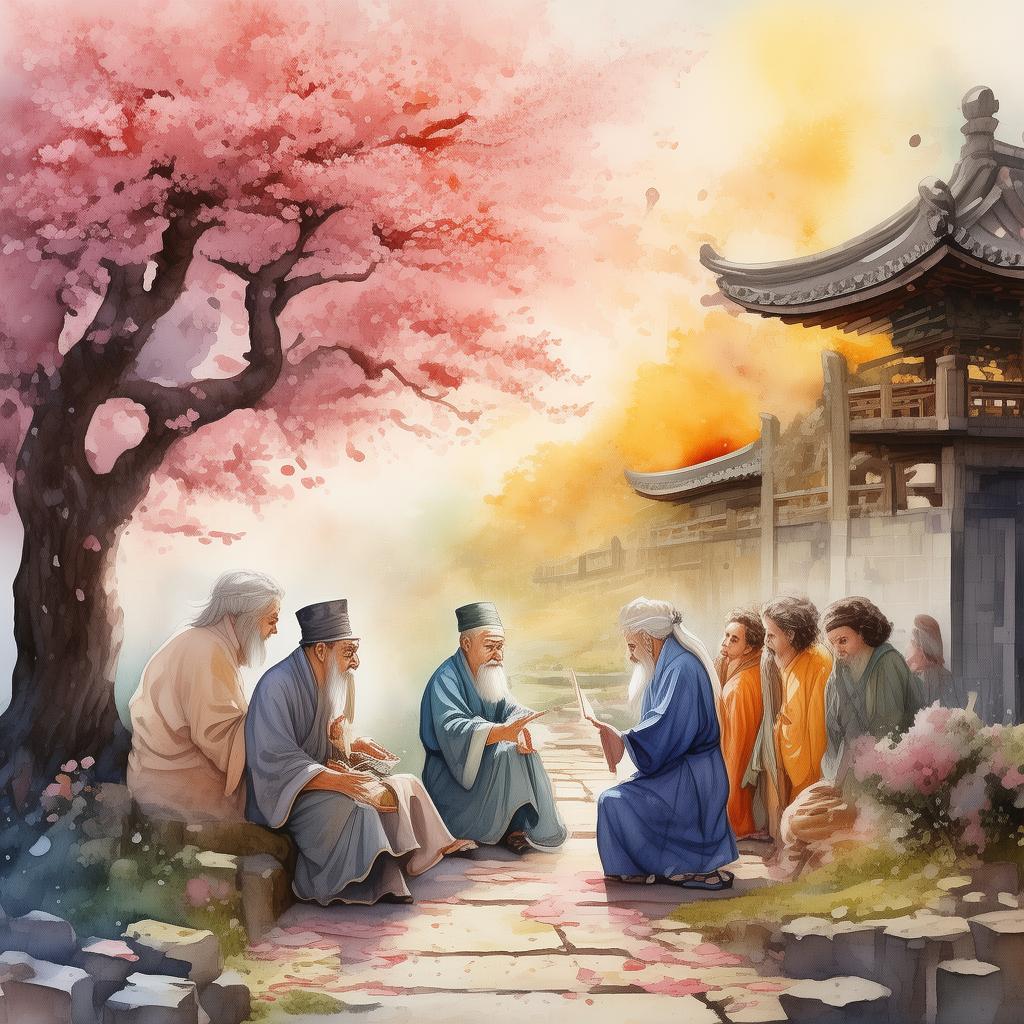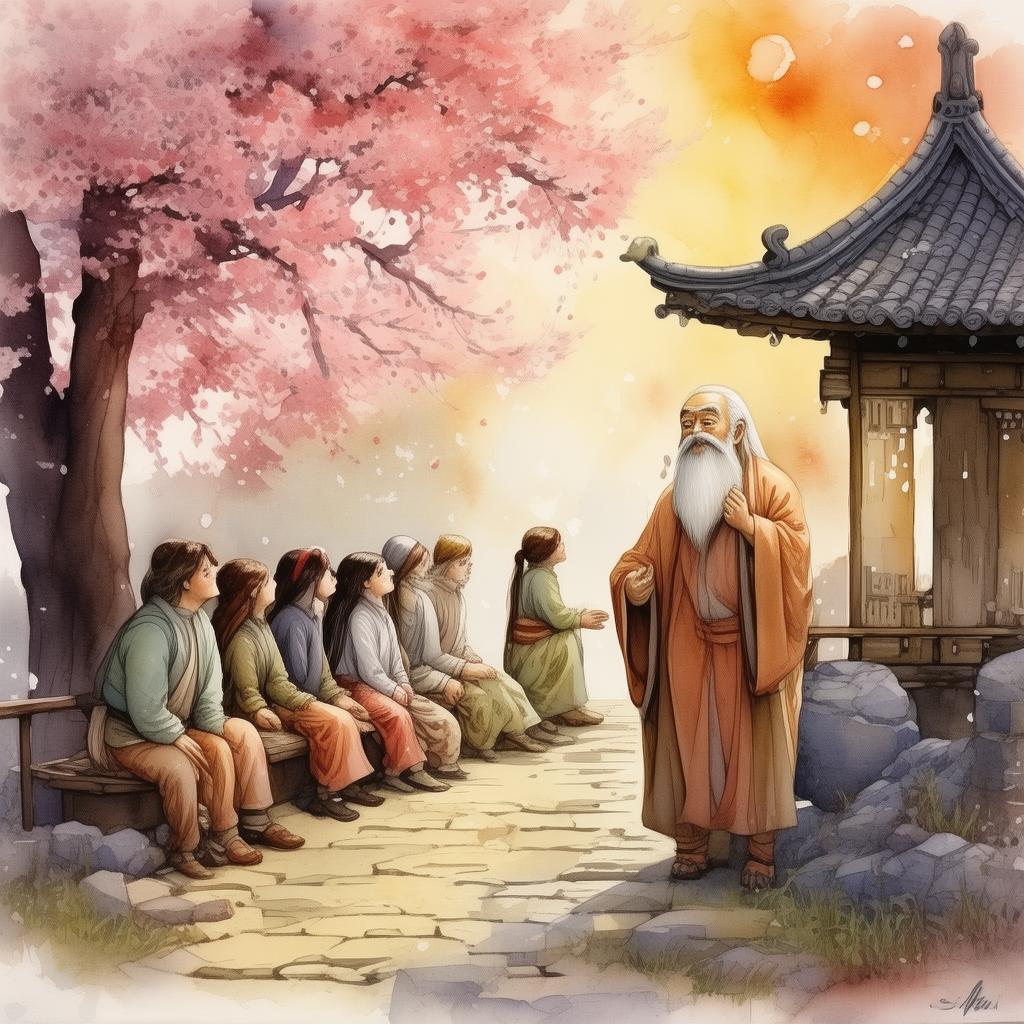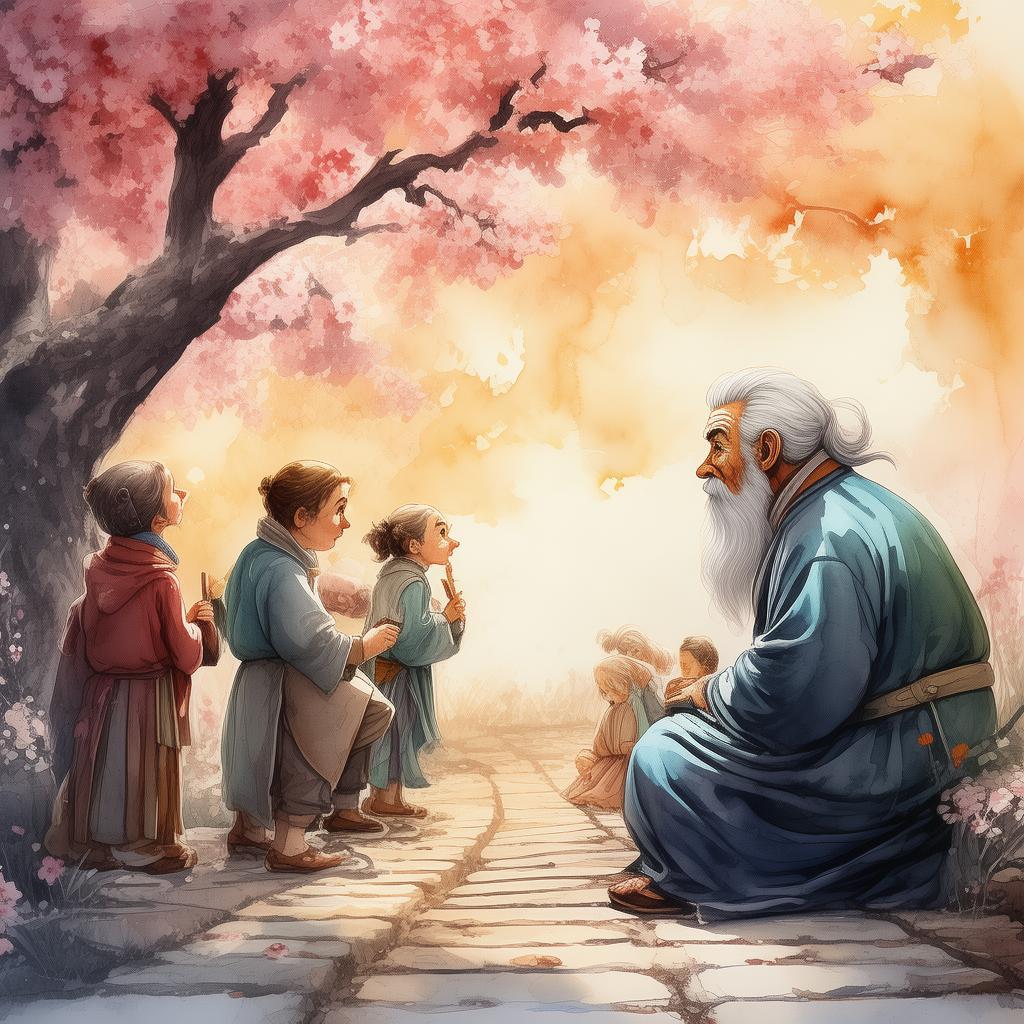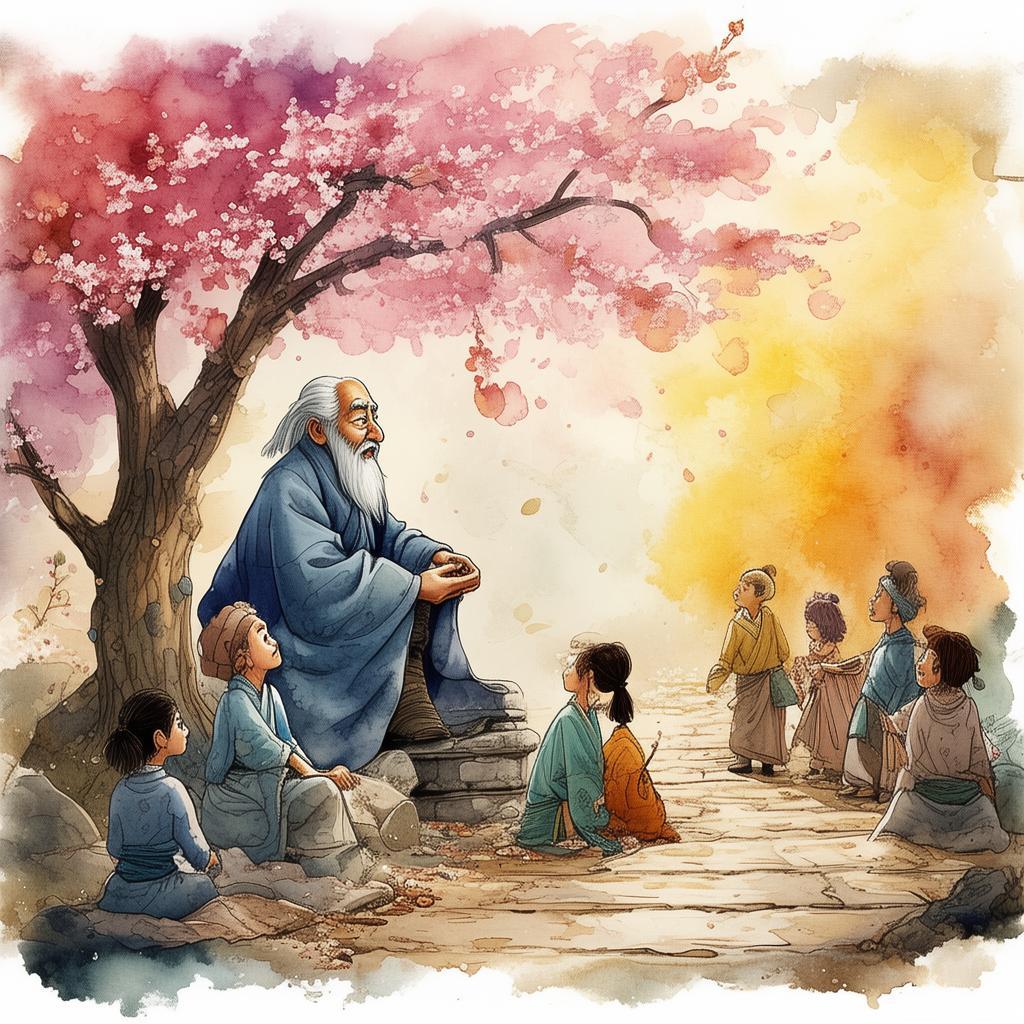The Swift-Footed Chef's Culinary Triumph: A Race Against Time
In the heart of the bustling city of Shanghai, there was a chef whose name was whispered in reverence by every culinary connoisseur. His name was Liang Chun, but to the world, he was known as the Swift-Footed Chef. His reputation was built on the speed with which he could transform the simplest of ingredients into culinary masterpieces. His swift pace was not just a personal trait but a testament to his dedication to the art of Chinese cuisine.
The culinary world was abuzz with anticipation as the annual Grand Chinese Cuisine Contest approached. This was not just any contest; it was a showcase of the rich tapestry of Chinese culinary traditions, a competition that tested the contestants not just on their skills but also on their knowledge of the culture and history behind the dishes they prepared.
The Swift-Footed Chef, with his reputation for speed and precision, was one of the favorites to win. He had spent years perfecting his craft, learning from the masters, and even traveling to remote villages to uncover forgotten recipes. His knowledge of the ingredients and their properties was unparalleled, and his ability to combine flavors was nothing short of magical.
As the contest date drew near, Liang Chun found himself in a dilemma. The contest required him to create a dish that not only showcased his skills but also paid homage to the traditional methods and ingredients of his ancestors. The pressure was immense, and the time frame was tight. The contest would last for only 24 hours, and the dish had to be perfect.
The night before the contest, Liang Chun sat in his kitchen, surrounded by the ingredients he had meticulously chosen. He knew that this was not just a contest of speed but also a test of his dedication to the art. He poured over ancient texts, seeking inspiration, and as the clock ticked closer to midnight, he began to prepare his dish.
The first step was to prepare the main ingredient, a rare and delicate fish that could only be sourced from a remote mountain stream. Liang Chun's swift pace was evident as he cleaned the fish, slicing it with precision that seemed almost meditative. He then began to prepare the accompanying vegetables, each one selected for its unique flavor and texture.
As dawn approached, the kitchen was a whirlwind of activity. Liang Chun's assistants moved with the grace of dancers, each one assigned a specific task. The Swift-Footed Chef, however, was the heart of the operation, his every move a testament to his years of training.
The kitchen was a cacophony of sounds: the sizzle of oil, the clink of knives against cutting boards, and the soft hum of the blender. The air was thick with the scent of garlic and ginger, and the anticipation was palpable. The Swift-Footed Chef's assistants worked in harmony, their movements synchronized with the rhythm of the chef's instructions.
As the hours ticked by, the Swift-Footed Chef's pace only seemed to increase. He worked with a focus that was almost religious, his hands moving with the speed of a metronome. The dish was coming together, and the kitchen was a blur of activity.

Finally, the moment arrived. The Swift-Footed Chef presented his dish to the judges, a beautifully plated creation that seemed to capture the essence of Chinese culinary tradition. The judges were silent for a moment, their eyes reflecting the complexity and beauty of the dish.
The announcement came as a shock to everyone. The Swift-Footed Chef had won. His dish was not just a triumph of speed and skill but also a celebration of the rich heritage of Chinese cuisine. The crowd erupted in applause, and Liang Chun stood there, his heart pounding with a mix of exhilaration and relief.
The Swift-Footed Chef's Culinary Triumph was not just a victory in a contest; it was a testament to the power of tradition, the importance of preserving the past, and the beauty of the art of cooking. It was a story that would be told for generations, a reminder that sometimes, the fastest way to success is through the slow, deliberate process of mastering one's craft.
✨ Original Statement ✨
All articles published on this website (including but not limited to text, images, videos, and other content) are original or authorized for reposting and are protected by relevant laws. Without the explicit written permission of this website, no individual or organization may copy, modify, repost, or use the content for commercial purposes.
If you need to quote or cooperate, please contact this site for authorization. We reserve the right to pursue legal responsibility for any unauthorized use.
Hereby declared.









